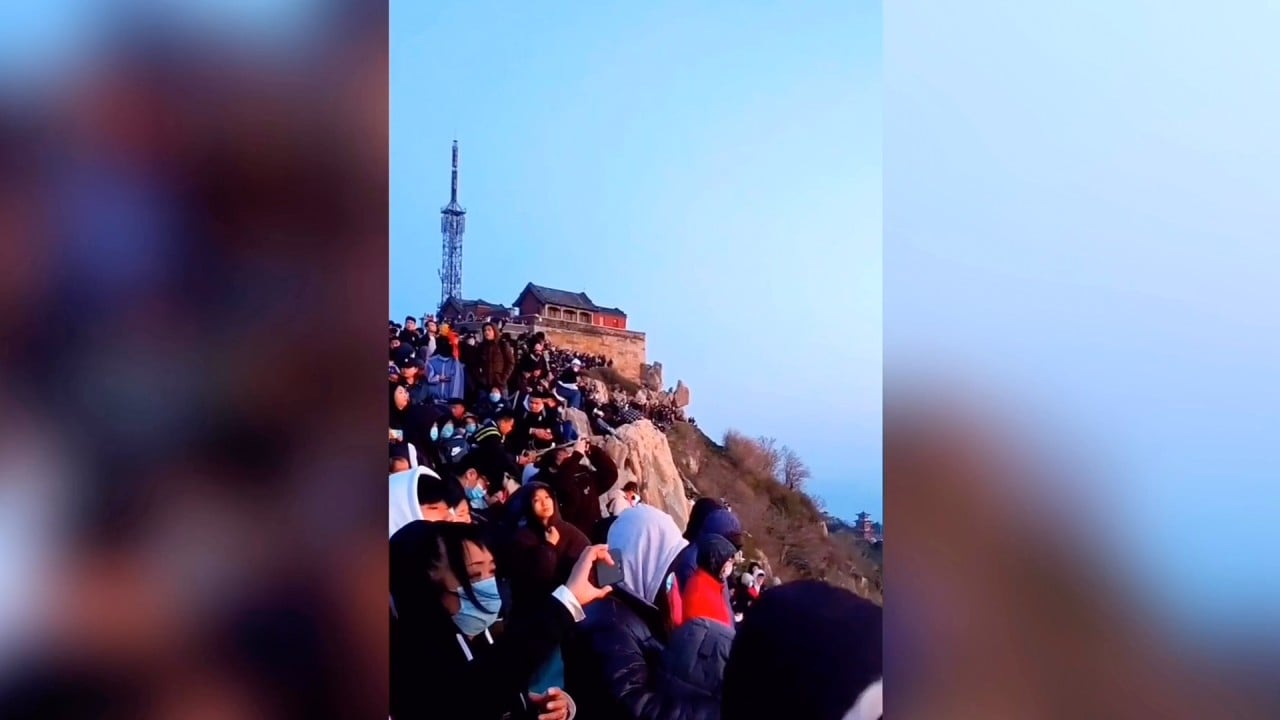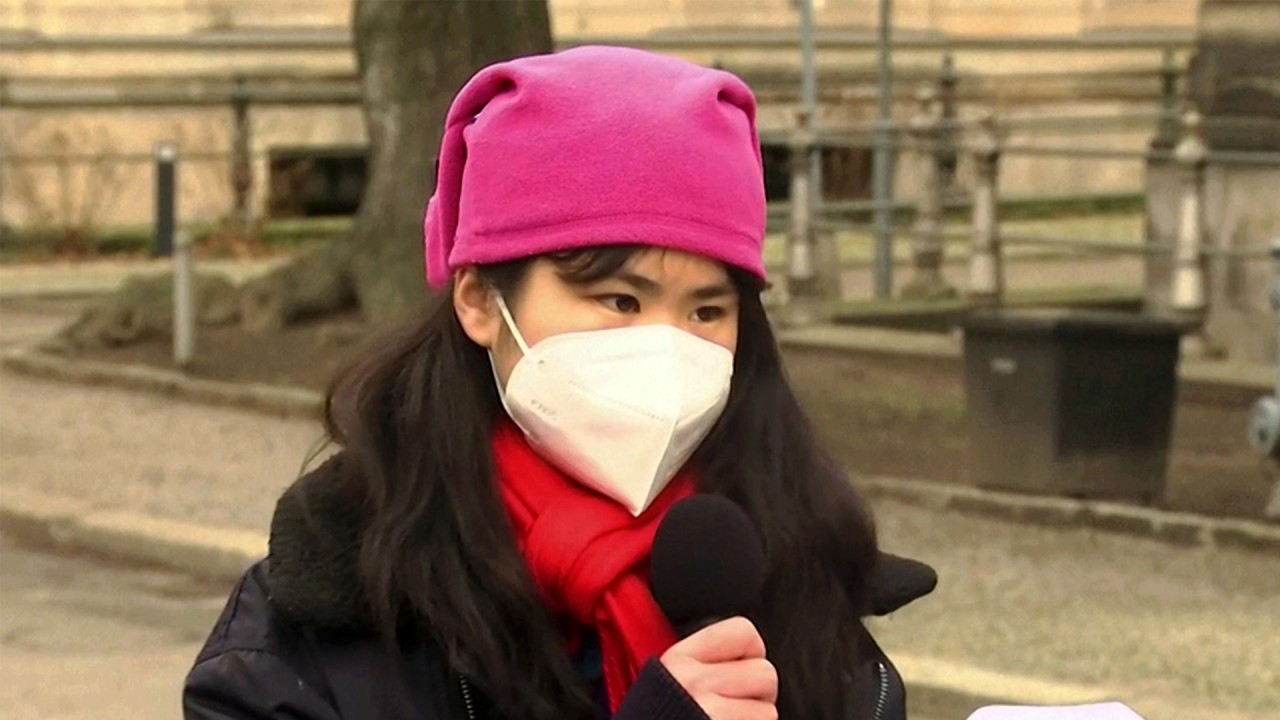
Garbage dumped by tourists, truckers turns China’s ‘roof of world’ into eyesore
- World heritage site Kekexili lacks waste handling facilities, residents say
- Hundreds of local herders drafted in to help clean up rubbish
Apparently discarded by long-distance truckers and a deluge of tourists, the literally growing problem is being worsened by a lack of nearby waste handling facilities, according to experts. And hundreds of local herders are having to help clean it up.
It’s a dirty job and I’m the one to do it, says millionaire who risks his reputation to break China’s litter habit
One of the worst spots associated with the problem is Wudaoliang in Qinghai. There locals have reported a “garbage belt” 200 metres (656 feet) long and 20 metres (65 feet) wide, according to a report on Sunday in The Economic Observer, a Beijing-based newspaper.
“When we get close to Wudaoliang we can see the ‘garbage belt’. It’s there for everyone to see. It contains everything – plastic, metal, paper boxes, even dead yak and sheep. It smells terrible,” the article said. Three people independently confirmed the situation to the South China Morning Post.
One of them, Tsering Kunbu, a herder in Qumarlêb County, close to Wudaoliang, said hundreds of local herders were summoned by local officials on Sunday to help clean up the mess. He had to drive there to do it.
“But there’s too much rubbish. We can’t finish the cleaning,” he said.
Kekexili, also known as Hoh Xil, is home to the source of the Yangtze River, the longest waterway in Asia. The area covers 83,000 sq km (32,000 square miles) of largely uninhabited land, much of it more than 4,500 metres (14,700 feet) above sea level.
Because of the high altitude and fierce weather, it is a paradise for wildlife, home to around 230 animal species including 74 different vertebrates, the Tibetan antelope among them. Nowadays the previously endangered mammal is considered “near threatened”, according to the International Union for Conservation of Nature (IUCN).

01:06
Thousands of tourists queue to see sunrise on Mount Tai on Labour Day
Kekexili was officially included as a Unesco World Heritage Site in 2017. The IUCN says the region’s special geographical and climatic conditions have nurtured a unique biodiversity.
Last year China opened its first national park, the Sanjiangyuan National Nature Reserve. It covers 123,100 sq km (47,500 square miles), including Kekexili. The park’s natural beauty, coupled with improved roads, have brought a deluge of Chinese tourists in recent years. Locals say the waste problem has also exploded because of a lack of waste handling facilities and Kekexili’s huge size.
Tsering Kunbu said most of the garbage was being left by tourists and long-distance truckers. “There are only about 200 people who live near Wudaoliang,” he said. “It’s basically a no-man’s-land.” He added that household waste from his part of Qumarlêb is treated in Golmud, a city about 200km (124 miles) away. As there is no landfill site near Wudaoliang, garbage has piled up over recent years.

02:31
'The Greta Thunberg of China', Howey Ou, joins protest in Berlin
Yang Yong, an independent geologist and explorer familiar with the region, agreed the problem had been around for a while.
“It is not just happening in Wudaoliang,” he said. “Garbage can be found in many places along the Qinghai-Tibet Highway. The situation has not improved for many years.”
Major black spots for litter are car parks near restaurants, petrol stations and car repair shops, he added, and a lack of waste handling facilities, including landfill sites, also contributed to the problem. “It would be very expensive if the garbage has to be transported to nearby cities for treatment.”
Tsering Kunbu did not know if or when the local government would remove the rubbish nor how much longer he and other herders might be asked to help clean up.
On Monday a local environmental official said he was aware of the newspaper report but was not clear about the situation on the highway. “I have never been there, so I do not know. My daily work is mainly in Yushu,” he said, referring to another major city in Qinghai, about 200km away.

